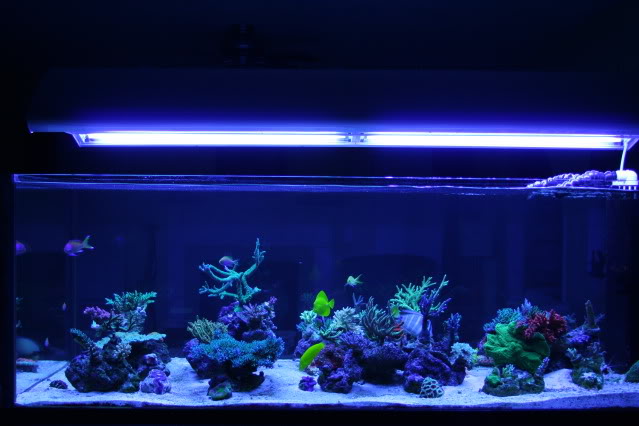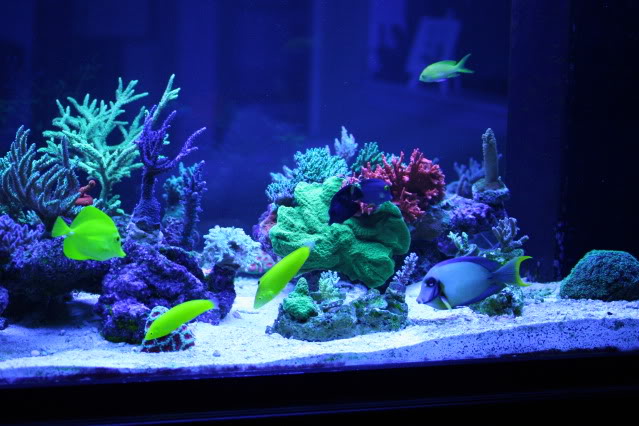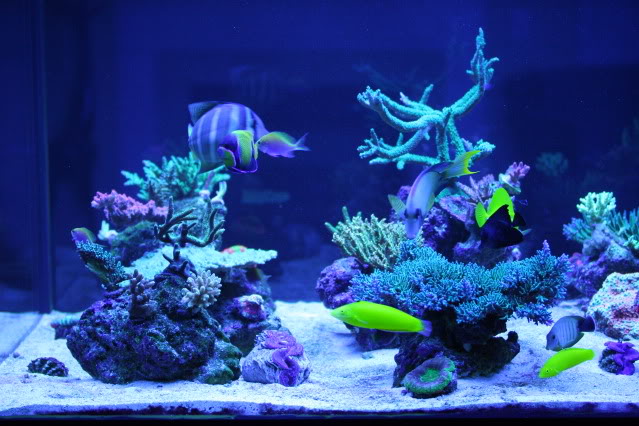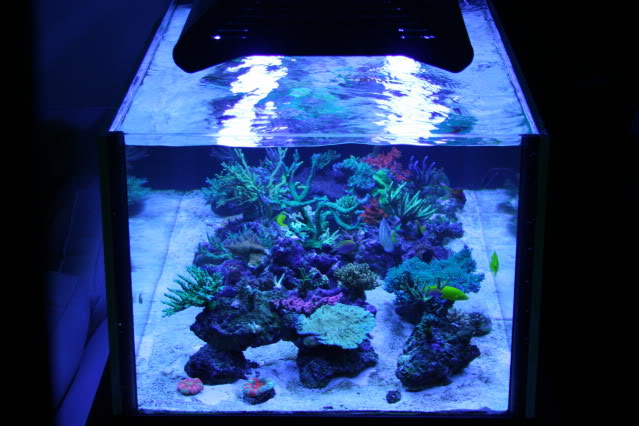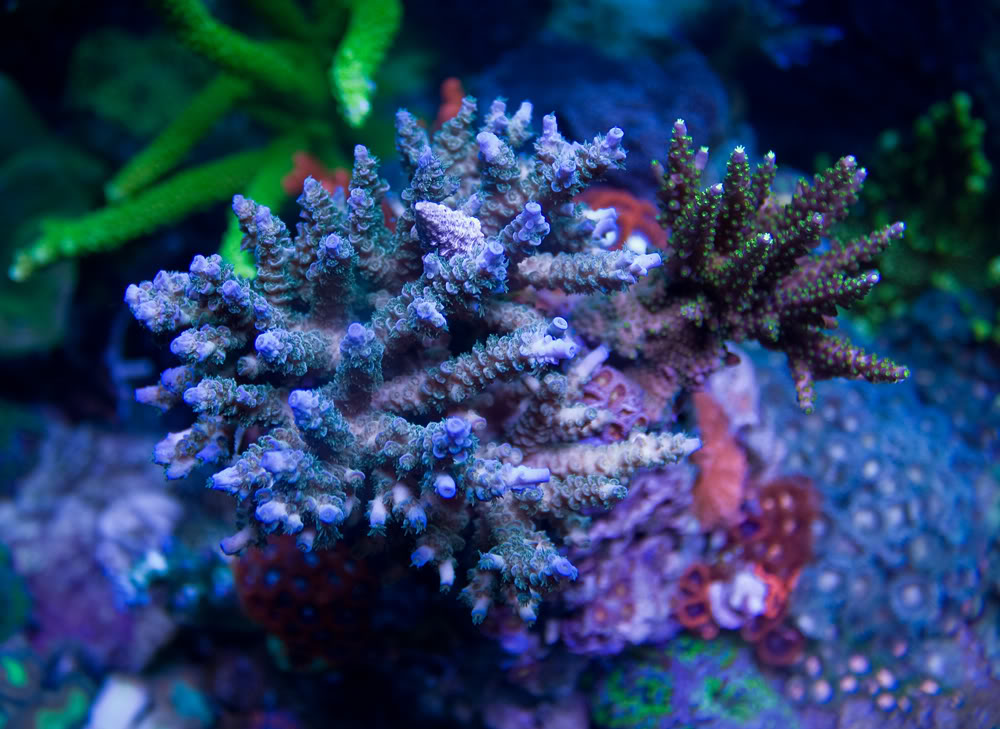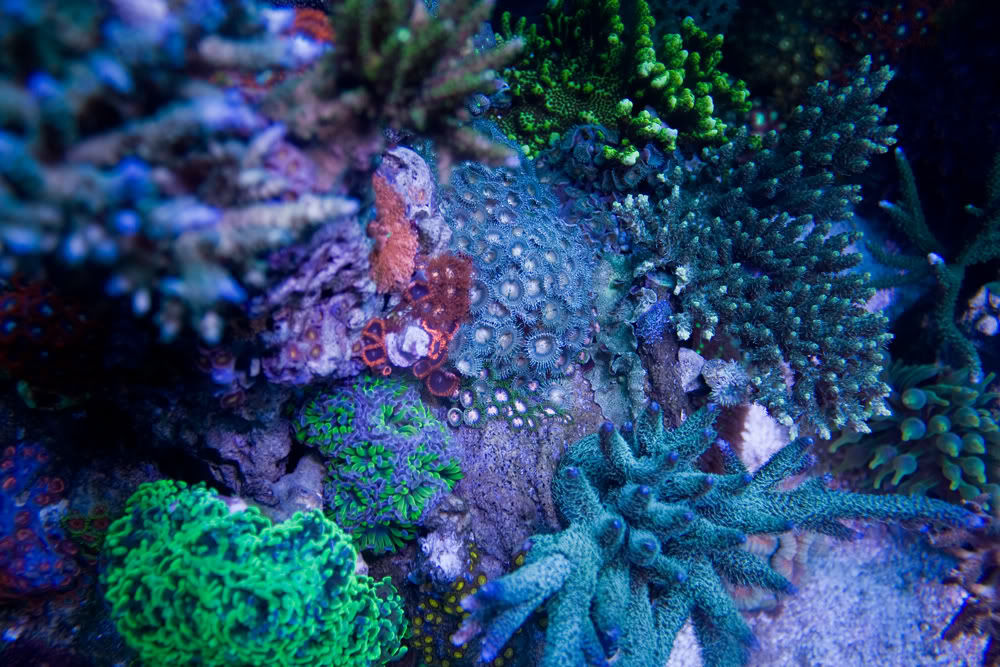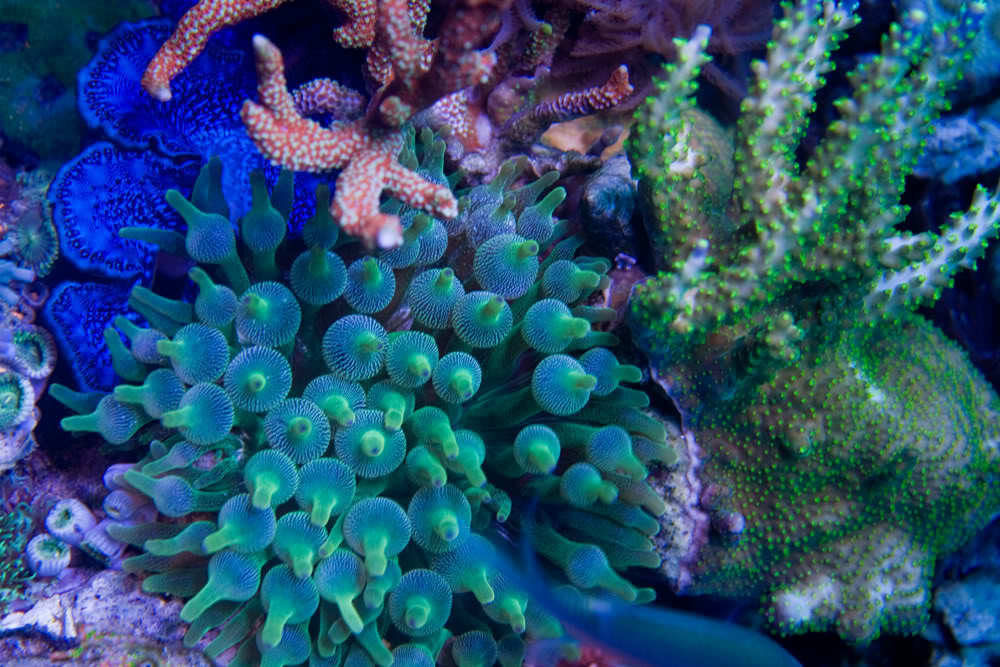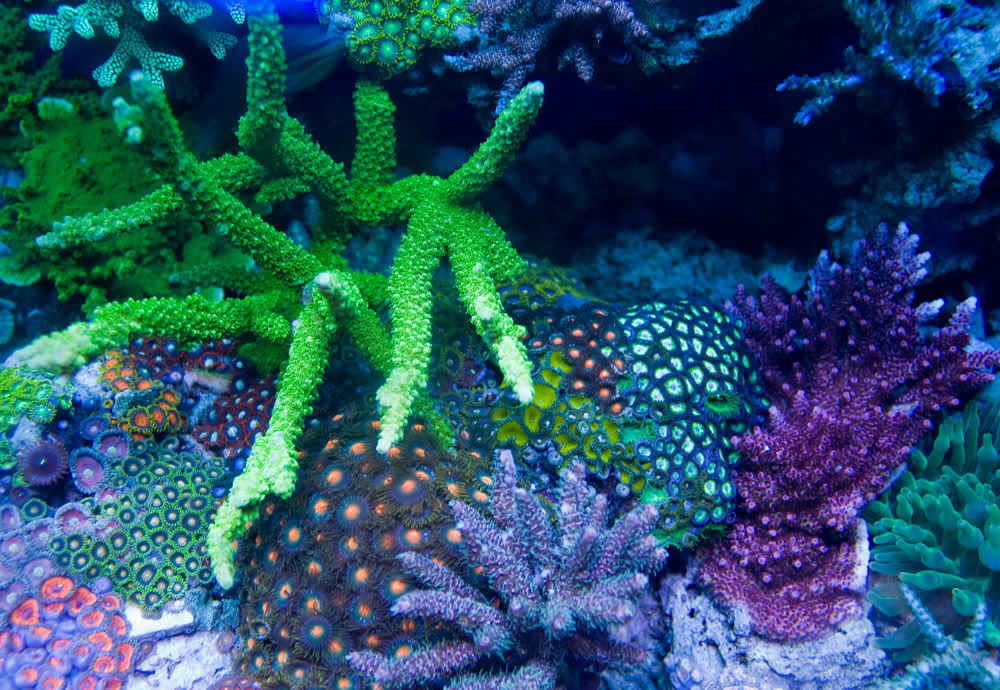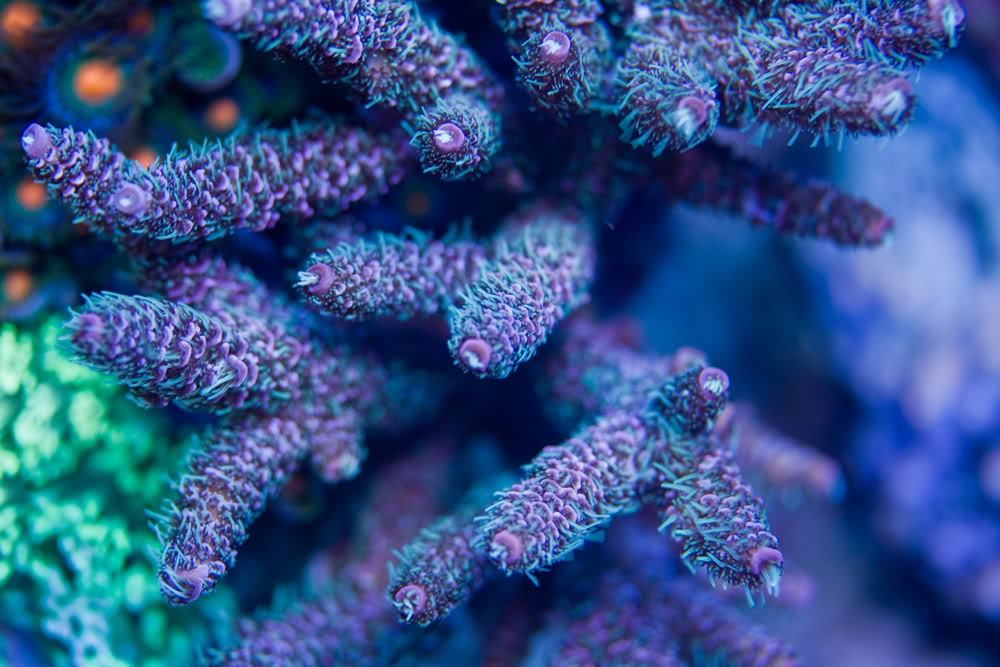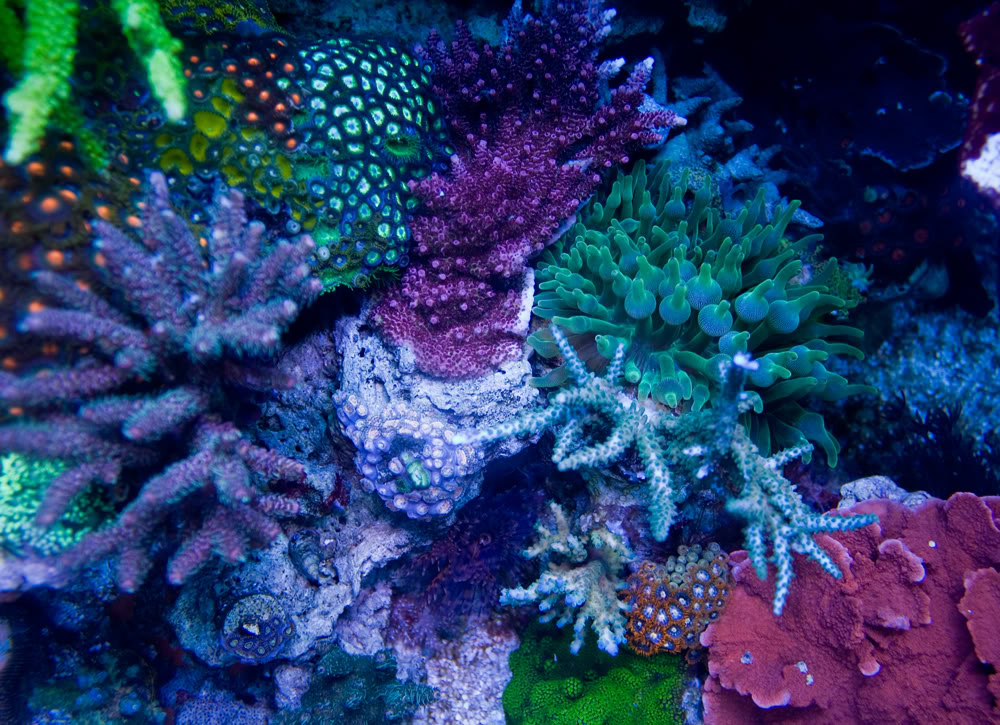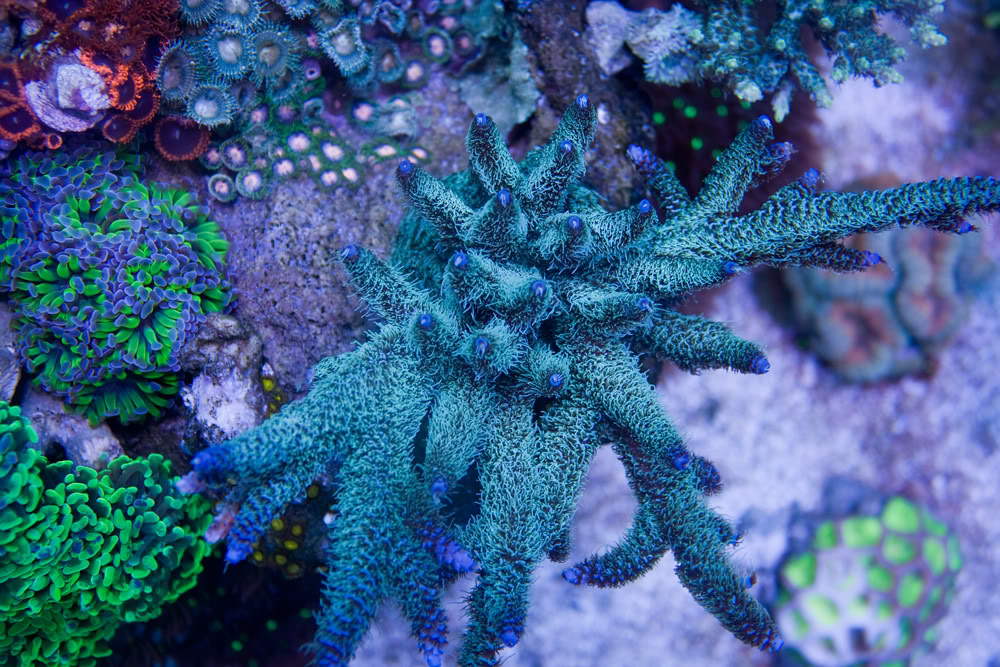I'm not sure I get what the confusion over nutrients is...
Or if there's no confusion, then I don't understand what's being suggested/asserted.
The Treatment
Folks in this thread who add N and/or P fertilizers are generally doing it because their system is deficient. (In many cases because it has been artificially made deficient.)
These folks see immediate improvement in their corals when fertilizers are added. Problem solved.
The Ecology
This doesn't have any direct bearing on whether corals ever eat. And it certainly doesn't imply that they never eat. It's just a fix to a problem.
For what it's worth, corals use of dissolved nutrients has been shown to scale inversely with availability of food particles.
It can be thought of like this: The more they eat, then less fertilizers they will use. The less they eat, the more fertilizers they will use.
Or if there's no confusion, then I don't understand what's being suggested/asserted.
The Treatment
Folks in this thread who add N and/or P fertilizers are generally doing it because their system is deficient. (In many cases because it has been artificially made deficient.)
These folks see immediate improvement in their corals when fertilizers are added. Problem solved.
The Ecology
This doesn't have any direct bearing on whether corals ever eat. And it certainly doesn't imply that they never eat. It's just a fix to a problem.
For what it's worth, corals use of dissolved nutrients has been shown to scale inversely with availability of food particles.
It can be thought of like this: The more they eat, then less fertilizers they will use. The less they eat, the more fertilizers they will use.






